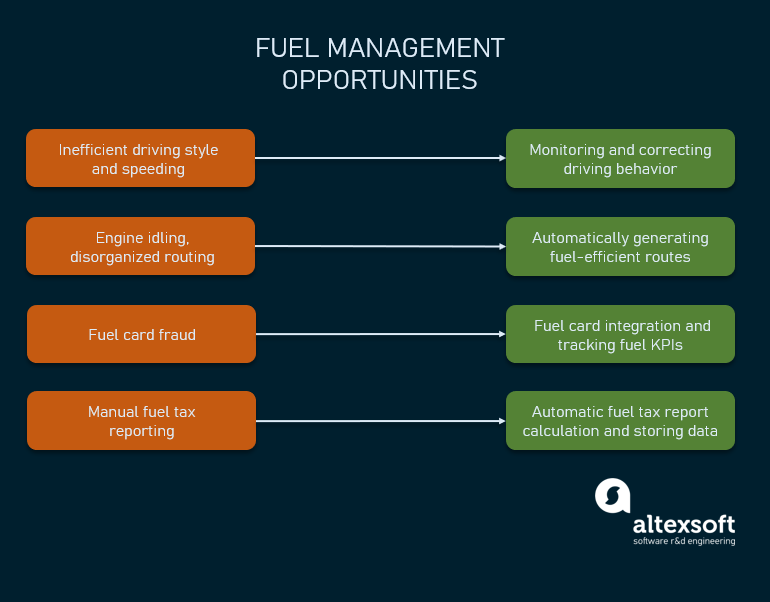


You’ll often see simulation training for pilots or doctors, but it can be useful for other employees too.
Training for axon trucking management software software#
Despite the initial costs for producing that software or technology, however, simulation training can be a necessary option for employees in riskier or high-stakes fields. Simulation training is most often provided through a computer, augmented, or virtual reality device. We cover the major advantages, and disadvantages, of eLearning here. Keeping it up-to-date is also a necessary best practice. Without a solid instructional design strategy behind it, the graphics and visuals that make eLearning fun can also make it gimmicky or quickly outdated. Of course, eLearning also has its own challenges. With interactive games, tests, videos, activities, or even gamified components, it can also go a long way towards keeping your employees engaged with the training. It’s one of the easiest types of employee training to roll out to larger populations, especially for employees who are remote or have high-turnover rates. Employees can do their training right in the palm of their hand with a smartphone or on their company computers. eLearningĮLearning, on the other hand, relies on online videos, tests, and courses to deliver employee training. We discuss more about this in our post, “ Instructor-Led Training Vs. It can also be unnecessary for concise topics. However, instructor-led training does have some drawbacks, including cost and time to implement.

They also allow for highly-skilled instructors to match the training level and style to the employees in the room. Instructors can answer specific employee questions or direct them to further resources. This can be a highly effective method of employee training, especially for complex topics. Instructor-led training is the traditional type of employee training that occurs in a classroom, with a teacher presenting the material. We discuss the ideal situations for these types of training for employees, along with their respective challenges below. The best types of employee training methods for your workforce may include: Matching the types of employee training to your employee needs can ensure they receive the information they need, in the format best suited for it. And, let’s face it, employee training can be boring, but only when the wrong types of training are matched up with the topic or issue you’re tackling. Unfortunately, too many employees or management dismiss training as boring or unnecessary. To create a happy, productive workforce, training managers must provide opportunities for further training and growth.


 0 kommentar(er)
0 kommentar(er)
